The explosion in the use of data analytics to monitor every aspect of business from logistics to customer satisfaction has also seen companies turn their attention internally to monitoring staff and their engagement with the firm. But technology isn’t just a way of keeping tabs on how motivated and engaged your workers are – it can also help to encourage and support that engagement. From the ubiquitous, but now updated, employee survey to social media platforms and collaboration tools, technology offers businesses a way to get staff working together, discussing the firm’s mission and bonding socially, all in ways that are quantifiable and observable by management.
Make a good start

Smart firms are looking at employee engagement right from the beginning with the hiring process. Basic recruitment technology has evolved a lot in the last few years and the new crop of intelligent hiring tools, such as Connectifier and Firefish, pull in huge amounts of data on candidates from social media presence to interviews, background and experience. This kind of analysis tells prospective employers not just how suitable they are for the job, but how the candidate’s ethos matches up with that of the company. Firms can see what they’re passionate about, what they’re interested in and how well they will fit into the company culture. It’s a lot simpler to integrate new workers when they share the same values as existing staff and the firm, instead of trying to change the candidate to fit their new environment.
Just ask
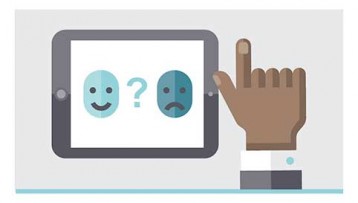
For years, the easiest way for companies to figure out how motivated their workers were was to just ask them, usually in infrequent employee surveys or once-a-year reviews. The logic behind this is still sound, but technology now allows firms to do it continuously and less obtrusively with online platforms. Instead of a long survey at the end of the year or a one-off opportunity at the yearly appraisal, staff can give feedback daily or weekly with mini-questionnaires on platforms such as TINYPulse or even just emotional responses – a simple click on a smiley, angry or sad emoticon with software such as Morale.me or emooter. Real-time feedback like this can help companies to pinpoint any problems before they get serious, something that’s particularly useful when the issue is a minor one. If dirty coffee cups in the kitchen are enraging your staff to the point where it’s a distraction, that’s valuable information with an easy fix.
Work together
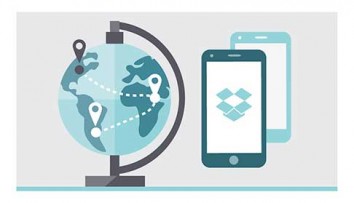
Getting staff to collaborate is a pillar of good employee engagement. When employees can easily work together and see what their hard work is achieving, it’s good for social bonding, good for their motivation and good for the business. From the simple solutions such as Google Drive and Dropbox, which allow workers to share and work on the same documents, to more complex collaboration platforms, such as Incentive, having easy access to what the team is working on and how a project is progressing removes a lot of the frustrations of daily interactions. Being able to pin a question to the exact place in the document you’re confused about can often be a lot easier than a string of e-mails or even trying to explain in person. On top of that, most of these tools can be accessed remotely or on mobile devices, allowing collaboration across geographical regions and even while key workers are out of the office.
[embed_related]
Socially speaking
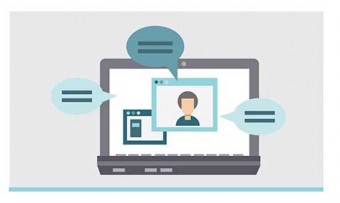
The days of gathering around the water cooler for the latest gossip or talking business over a cigarette break are long gone. Now staff are more likely to chat online or by e-mail, but this causes the same problems as the coffee breaks used to – news may travel faster, but not everyone is involved. Companies can solve this with an internal social network that allows employees to chat, share personal information, organise social events and discuss business ideas at the same time. The network can be available both in and outside the office and facilitate everything from quiz night at the local to mentoring from colleagues to incorporating tweets or other traditional social media. These interactions help workers to bond more easily, share information quickly and feel work is more a part of their life as a whole, rather than something that’s encased inside the four walls of their workplace.
Play a game
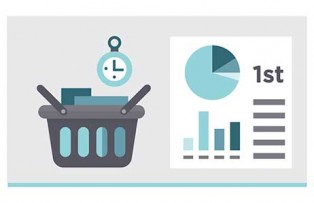
Employers have long realised that cash benefits are not all that motivate their staff; workers want recognition, progression and status as well, and gamification can help to provide all that. The oft-cited example is US store Target, which introduced a game for cashiers to help improve their performance and make their rather isolated job a bit more interactive. A simple game shows the cashier in red or green depending on whether they’ve scanned an item in the optimum time. The game also keeps track of their score so they get immediate feedback. Employees are more engaged and they’re motivated by the very thing that their boss wants them to do – checking people out faster. Gamification ideas like this make workers’ jobs more fun while at the same time incentivising them to do well at their work, and recognising and rewarding good work in real time.
Peer review
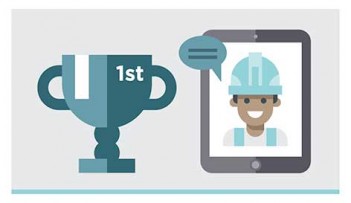
Marrying social media and gamification techniques are social communication and recognition platforms such as Jostle and Globoforce. The basic idea behind these intranets is to allow workers to share their achievements with each other and not just with management. Staff can nominate each other to be recognised or see what others are doing that’s gaining recognition. Whether there’s some kind of reward system attached or not, staff generally enjoy having their work appreciated by their peers, and bosses get the added benefits of workers hearing first-hand about best practices and spotting influencers who may have leadership potential in their employee pool. It also helps employers to acknowledge the small ways that people do their jobs well. Happy customers, for example, may not be immediately recognisable in sales or deserving of staff promotion, but they are of huge value to the company’s brand and the workers, who send people away with a smile on their face, deserve to be commended.
Make a good start

Just ask

